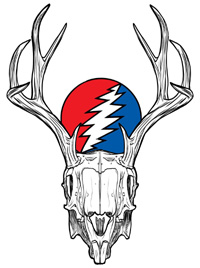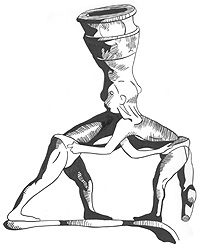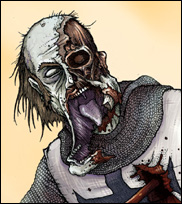The entire discussion of slavery by Sotomayor, Molyneux, or any other YouTuber, is conducted on a false basis, for none of these people realize that plantation slavery in America began with whites.
Tommy does correctly point out that initially enslaved adults had a choice, and chose to live as a slave rather than die as a runaway and that their children would be born into slavery and be unlikely to agitate for freedom.
I would make the following notes, pro and con for his point, that his ancestors were less freedom-minded than mine, even though we are both descended from slave stock.
Pro
1. Blacks were sought as slaves at great expense as they were known to be more docile slaves than savage Irish chattel and Scottish kidnapping victims and POWs.
2. Whites rose up and fought to end their own slavery in America, and did so, in a series of wars, uprisings and legal battles lasting from1622-1821.
3. Whites of various nations fought to end chattel slavery around the world and in America, and did succeed for the most part, though the slave trade still thrives openly in Africa.
Cons
1. Many slaves, white and black, were abducted and sold as children, often in a manner that featured adult agents taking advantage of a child’s trust or outright buying the child from a parent or sibling, in many cases negating the adult choice Tommy describes.
2. Many white slaves in the Americas had known freedom or relative autonomy before becoming enslaved, and worked on plantations managed and surrounded by free whites, holding forth a constant example of men of their race living freely. Blacks were exposed to no significant free population of their own kind, and rather than know of refugee communities, such as the white hillbillies, who might accept them, were instead surrounded by escaped whites who hated blacks as the pawns of the slave masters who kept white men from earning a free living through their free labor.
3. Traditional forms of African slavery were not nearly as brutal as the type of commercialized operation adopted by European slave masters in the Americas, which in many ways exceeded in cruelty previous forms of enslavement around the world and throughout the ages. For instance, slaves, in many cultures, including ancient European and America Indian cultures, permitted upward mobility of a slave, and even adoption into a slave-master family. However, the commercial model in the Americas—featuring ordinances forbidding a master from freeing a slave—having worked to death its Indian slaves and failed to retain its white slaves, evolved into a system of permanent, race-based enslavement as a means of maintaining a growing [that is breeding] labor force. This was something beyond the comprehension of many primitive people, until they were subjected to it. Ultimately, though, this model would fail as well and be replaced by wage slavery.
Dear Black People: Stop Blaming Whites For Slavery When You Chose To Be Slaves! Pt 1
Slavery Was A Choice For Blacks! pt 2 By Tommy Sotomayor
America in Chains











"...Traditional forms of African slavery were not nearly as brutal as the type of commercialized operation adopted by European slave masters in the Americas..."
I don't think this is true. At least not from what I have read. They sometimes ate their slaves. I figure that's worse than work.
I don't see how any Blacks can be blamed for being slaves. How would they escape? Where would they go? It's not like they ever knew anything else.
Slavery for all races was worst in industrial settings. You should read America in Chains. In ancient times only miners had it as bad as American plantation slaves and English children being worked to death in mines and factories. Likewise, American Indian slaves in Central and South America suffered under the most horrific mining conditions.
In traditional societies the slave was associated with the household. In ancient Greece Dmos was the word for slave, based on Domicile. Then, with the rise of empire, the slave became known according to the monetary unit and his lot was worse, going from productive and abused step-child, to merely a disposable cog in a great engine. To say that a traditional slave had it as bad as a plantation slave—in ancient Rome or modern America, is to say that that your family pet has it as bad as a factory farmed steer.
Being eaten is post mortem and does not count towards the cruelty rating. Aztec slaves were treated well until killed and eaten. The modern steer is tormented until killed and eaten. The industrial chattel slave was treated horrifically, worse than the steer, until he-she died of the abuse or of neglect. Hell, at least the steer is well fed!
In America in Chains I set out the worst types of slavery. Ultimately, the unique horror about American chattel slavery—from the beginning and on the advice of John Locke—was the desire to have a permanent subhuman class of perpetual slave, which even the Romans thought was obscene—and the Romans butchered people for entertainment while eating lunch.